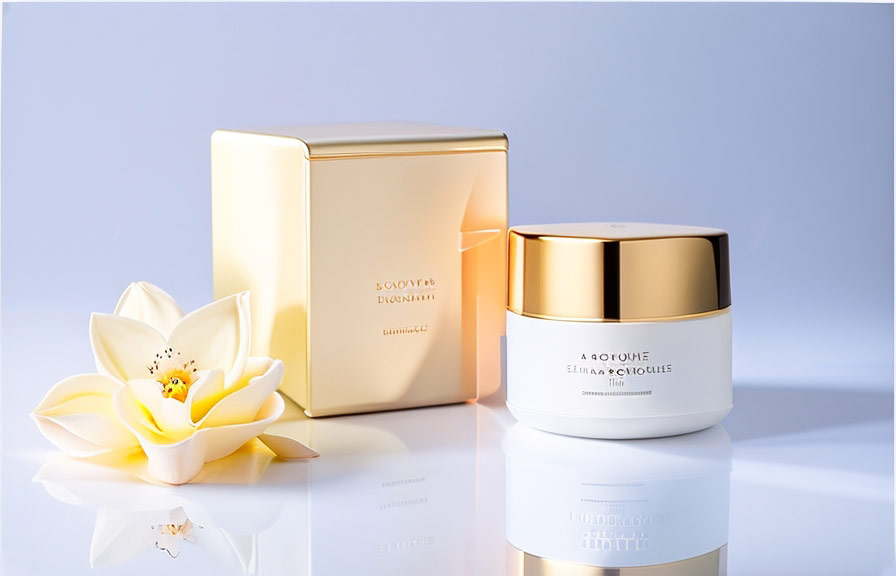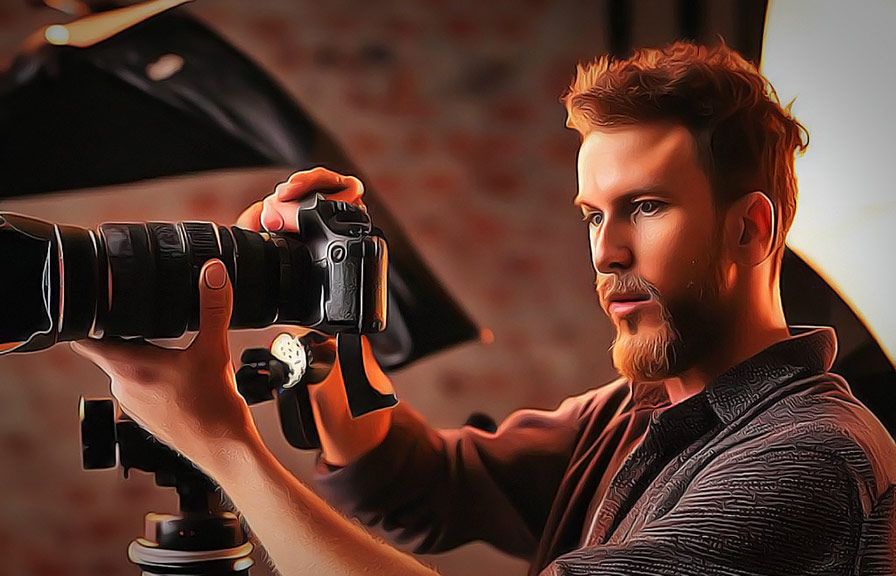Did you know that the human brain can process images 60,000 times faster than text? that's why stunning product photography plays a crucial role in driving sales and attracting customers. in this blog post, we will delve into the best cameras, lenses, and lighting techniques for product photography that will truly
Make your products stand out.

The top cameras for product photography
When it comes to product photography, the camera you choose can make or break your images. here are some of the best cameras on the market for capturing high-quality product shots:
1. Canon eos 5d mark iv: a full-frame dslr with a 30.4-megapixel sensor, the 5d mark iv is a favorite among professional photographers for its sharp images, excellent color reproduction, and great low-light performance.
2. Nikon d850: this full-frame dslr boasts a 45.7-megapixel sensor, making it perfect for capturing detailed product shots. with an impressive dynamic range and excellent high iso performance, the d850 is a top choice for product photographers.
3. Sony a7r iv: a full-frame mirrorless camera, the a7r iv has a staggering 61-megapixel sensor, providing incredible resolution and detail. its compact size and lightweight design make it an ideal choice for photographers who need to travel or move around frequently.
4. Fujifilm gfx 100: this medium-format mirrorless camera is a game-changer with its 102-megapixel sensor, offering unparalleled detail and color accuracy. while it comes with a higher price tag, the gfx 100 is an excellent investment for those looking to take their product photography to the next level.
Fun fact: the world's first digital camera, created by kodak engineer steven sasson in 1975, weighed 8 pounds and took 23 seconds to record a single black-and-white image on a cassette tape!
Choosing the best lenses for product photography
Selecting the right lens is crucial for capturing clear, sharp images that show off your product's best features. here are some top lens choices for product photography:
1. Macro lenses: macro lenses allow you to capture small objects up close with incredible detail. they're perfect for photographing jewelry, watches, and other intricate products. some popular macro lenses include the canon ef 100mm f/2.8l macro is usm, nikon af-s vr micro-nikkor 105mm f/2.8g if-ed, and sony fe
90mm f/2.8 macro g oss.
2. Prime lenses: prime lenses have a fixed focal length, which means they don't zoom. however, they tend to produce sharper images with less distortion than zoom lenses. some excellent prime lenses for product photography include the canon ef 50mm f/1.8 stm, nikon af-s nikkor 50mm f/1.8g, and fujifilm
Xf 35mm f/1.4 r.
3. Telephoto lenses: telephoto lenses have a longer focal length, allowing you to capture your subject from a distance. this can be helpful when photographing large products or creating a shallow depth of field effect. popular telephoto lenses for product photography include the canon ef 70-200mm f/2.8l is iii usm,
Nikon af-s nikkor 70-200mm f/2.8e fl ed vr, and sony fe 70-200mm f/2.8 gm oss.
Mastering the art of lighting for product photography
To showcase your product's features effectively, proper lighting is essential. here's how to get the lighting just right:
1. Use a lightbox: a lightbox is a small, enclosed space with a white or neutral-colored background, designed to diffuse light evenly around your product. this helps eliminate harsh shadows, ensuring your product is well-lit and evenly exposed.
2. Try softboxes: softboxes are large, fabric-covered boxes that diffuse and soften the light from your strobes or continuous lights. they create soft, even lighting, reducing harsh shadows and hotspots on your product.
3. Employ reflectors: reflectors can be used to bounce light onto your product, filling in shadows and creating a more balanced, even exposure. they come in various sizes and shapes, from small handheld reflectors to large panels.
4. Experiment with different lighting setups: there are numerous lighting setups you can try, such as the classic three-light setup (key light, fill light, and backlight) or using a single light source with reflectors. don't be afraid to experiment and find the best setup for your product.
Did you know that the word "photography" comes from the greek words "phos" (light) and "graph" (drawing), which means "drawing with light"? this underscores the importance of lighting in creating stunningproduct images.
A step further: post-processing techniques
No matter how great your camera, lens, and lighting setup are, post-processing plays a vital role in refining your product images. some key techniques to consider include:
1. Cropping: crop your images to remove any unnecessary elements and ensure your product is the primary focus.
2. Adjusting exposure: ensure your product images are well-exposed and bright enough to showcase all the details.
3. Color correction: adjust the color balance, saturation, and vibrancy to ensure your product's colors are accurately represented.
4. Retouching: use retouching tools to remove any blemishes, dust, or imperfections on your product.
5. Sharpening: apply sharpening techniques to enhance the clarity and detail of your product images.
Conclusion
Capturing stunning product images that highlight the features involves selecting the right camera, lens, and lighting setup, as well as mastering post-processing techniques. by investing time and effort into learning these skills, you'll be well on your way to creating eye-catching product photography that will attract customers and boost sales.
As a final piece of trivia to impress your friends: the first-ever photograph, taken by french inventor joseph Nicephore Niepce in 1826 or 1827, required an exposure time of approximately eight hours! thankfully, modern technology has come a long way since then, allowing us to capture breathtaking product images in
A fraction of the time.
